Scientist uses 3D printing to recreate trilobites
ANCIENT MEETS MODERN AS AMERICAN RESEARCHER PRINTS LIFELIKE 3D PRINTED TRILOBITES
Few technologies are as up to date as 3D printing, and it’s still developing at incredible speed. Its open source nature means there are dozens of teams, and thousands of enthusiastic hobbyists, constantly working to advance its capabilities. The result is a pace of progress that the careful, methodical R&D department of a big company could never match. But in among all this cutting-edge activity, a scientist is using 3D printing to create the most beautiful – and accurate – models of extinct trilobites that have ever been made.
Dr Allan Drummond, an assistant professor of biochemistry at the University of Chicago, likes trilobites. These extinct woodlouse-like invertebrates are among the most familiar prehistoric animals, and almost every natural history museum has a good selection of their fossilised remains. Drummond wanted to make something different, though. Fossils show dead trilobites, lying flat on the ancient ocean floors as sediment slowly buried them. He wanted to create an image of them as they were in life, walking on their many legs with their long antennae waving around them. He soon found out that 3D printing was the ideal way to recreate that appearance and made plans to create 3D printed trilobites.
Drummond began with pencil sketches of various trilobites to decide which one would make the best model. Finally he decided on a variety known as Ceraurus. These lived around 465 million years ago, in a huge inland sea covering parts of what’s now Canada and New York state. Depending on the exact species they ranged from about a quarter of an inch long up to five inches, so Drummond could pick a species that fitted comfortably in his hand.
Next he made detailed digital drawings of the animal using Inkscape, then switched to Blender and used the drawings as guides to create a 3D model. This was the most difficult part of the process because the model is highly detailed, and Ceraurus itself is a complex shape – a dramatically curved head at one end, followed by a segmented body edged with saw-toothed spines and finally a crescent tail. He had to create a belly plate with 18 pairs of legs separately, and design a way to fit it to the finished body.
With the model finished Drummond then started printing. He chose to use a Formlabs Form 1+ printer, which places drops of liquid resin then cures each drop into hard plastic with a laser. The model could be sent to any 3D printer, and reproduced in ABS or any of the other common print materials, but Drummond had special requirements – he wanted a material that could be used to create a mould for casting. The print process itself was complicated because the animal’s body isn’t flat, like most fossils; it represents the trilobite walking along the seabed and the lower surface is curved. That meant he first had to print a bed of support columns, spaced closely enough together that the model itself could be printed on top. Once it was complete the supports were carefully cut away.
Once the shape was perfected Drummond had more trilobites printed in wax, and used this to create moulds. Next he cast the trilobite in metal – the prototypes used steel, and when he was sure the design was right he moved on to bronze then silver. The legs were attached and the long antennae – nearly as long as the animal’s body – added with carefully bent wire.
These little metal 3D printed trilobites are some of the nicest reproductions yet of the long-dead animals, and give a lifelike impression that you could never get from looking at a fossil. As Drummond’s blog points out it wasn’t an easy task even with a 3D printer – but it would have needed a world-class sculptor to do it without one.

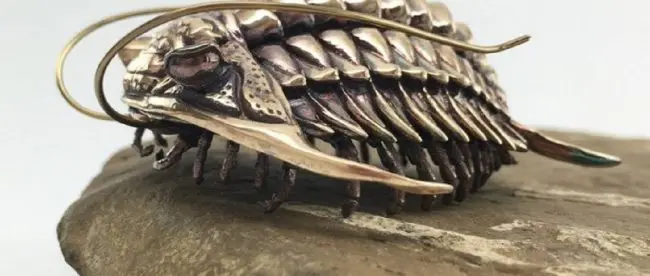
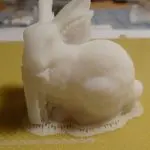
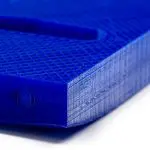
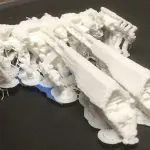
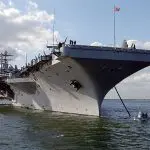
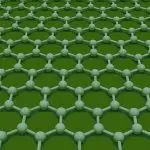
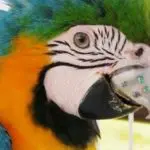
This is such a great use of 3D printing technology to make the past accessible to everyone. I was a classroom teacher for nearly 20 years and my students would have absolutely loved this!